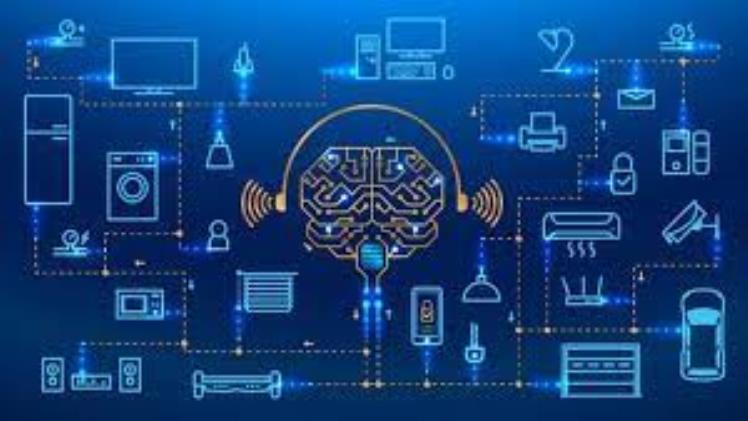The Internet of Things and the Growth of Software for Connected Devices and Smart Homes

Internet of Things and smart home software have become big businesses, helping make our lives simpler and more efficient by automating daily tasks such as sweeping floors or scheduling grocery store trips; controlling lighting systems or thermostats; tracking inventory or improving production lines in the workplace and assuring employee safety in potentially dangerous conditions.
IoT has also helped people live longer and healthier lives by enabling them to remotely monitor their own medical conditions, such as glucose or blood pressure levels, from home. Monitoring devices alert the patient or caretaker of potential issues and prompt them to take appropriate actions. Furthermore, this connectivity between home and healthcare facility makes transferring data between locations simpler.
Although many consumers view IoT devices as novelty items that provide no real advantages, the technology is making strides to improve lives. A robotic vacuum cleaner can keep floors sparkling clean without you ever needing to pick up a broom, while voice-enabled devices like Amazon Echo, Google Assistant or Siri help manage household schedules and reorder items that run low.
These devices connect to the internet through sensors that can detect changes in their environment, and actuators which respond accordingly. Communication occurs over either wired (Ethernet/LAN/WiFi/cellular) networks or wireless (WiFi/cellular) networks with one central computer system analyzing and processing this information.
As IoT devices become more prevalent, their connected sensors generate increasing amounts of data that must be processed and stored by businesses. To do this, sophisticated software must quickly recognize patterns within this information as well as predict future events based on it. IoT technology has evolved with artificial intelligence and machine learning enabling businesses to turn raw data into useful insights that inform business decisions.
Technology advances have also contributed to making IoT devices more cost-effective for consumers, making the devices more accessible. Advancements in natural language processing allow digital personal assistants like Alexa, Cortana and Siri to interact more naturally with humans – this type of “conversational AI” plays an essential role in both IoT development and intelligent systems more generally.
The Internet of Things can bring value to industries across all sectors of the economy. IoT can assist manufacturing firms by monitoring equipment and production processes to detect any potential issues before they become serious problems, while at the same time increasing productivity by giving access to data that allows manufacturers to plan workflows more effectively and optimize production lines. Retail stores may use IoT devices such as sensors in vehicles to more effectively track inventory delivery locations as well as estimate how long deliveries may take to arrive at customers.